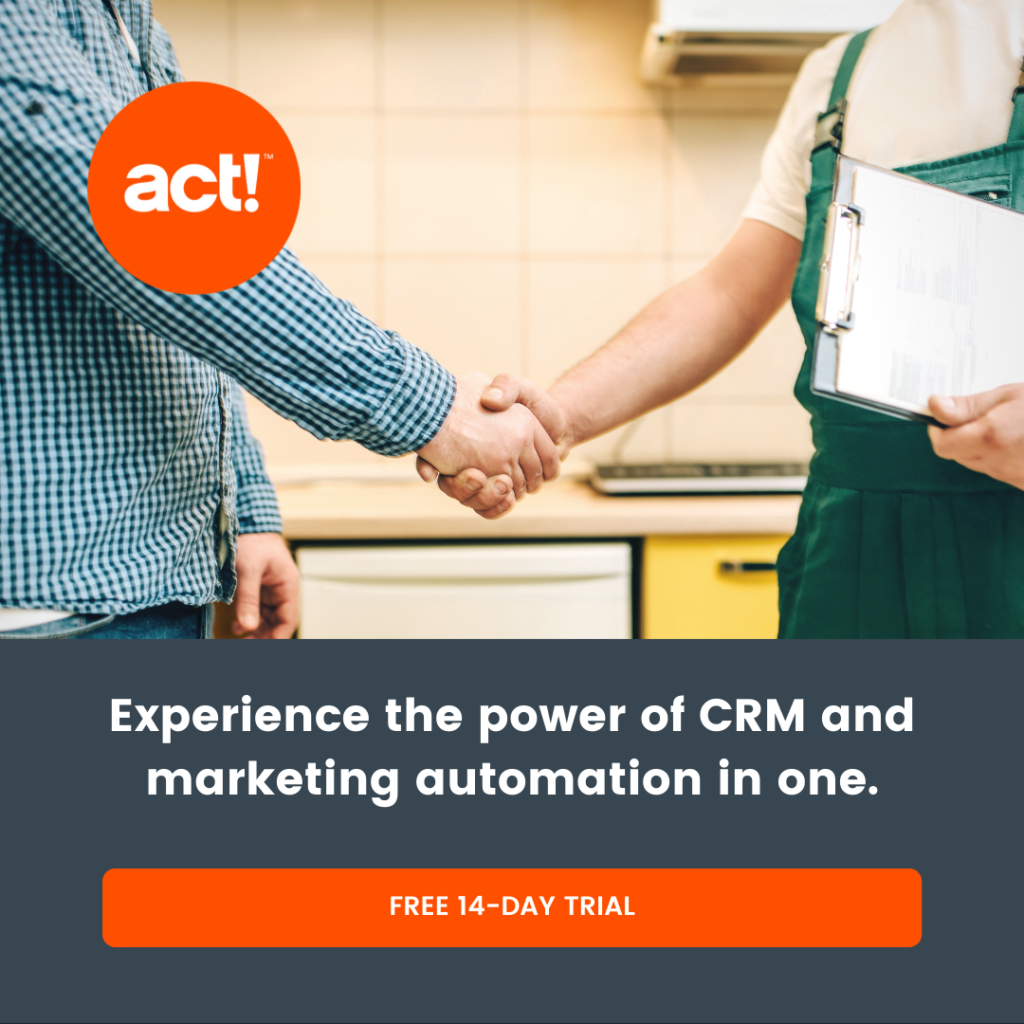
Do you have one big email marketing list, and every recipient receives the same content at the same time? Or is your list divided into groups by age, location, profession/position or other demographics so you can provide targeted communications based on a market analysis? While these traditional methods of just sending out what you want your prospects to hear may be sufficient for other marketing channels, they don’t take into account one major element of successful email marketing: your recipient’s preferences.
Permission based email marketing is about catering to your subscribers and providing value based on interests and preferences that they define, so they only receive emails from you that they actually want. By allowing your subscribers to choose specific interests and frequencies, you’re able to provide more effective, relevant marketing that meets your recipient’s expectations. This practice of categorizing the subscribers in your email marketing list into groups based on their preferences is called segmentation. This results in increased engagement, reduced unsubscribe rate, and can help you avoid spam complaints, all of which improve overall email deliverability and inbox placement.
You can segment your list using a multitude of defining factors such as:
- Content:
- Product/service categories
- Promotions for first time customers vs repeat customers
- Any other content categories that pertain to your business
- Frequency:
- Monthly newsletter
- Weekly updates
- Deal of the day
- Alerts
- Transactional – Order receipts or other non-marketing communications that you’d want to manage separately from other subscriptions.
- Traditional Demographics – You can still use your market analysis or data to target specific demographics behind the scenes, just make sure that these targets don’t override your subscribers’ preferences.
If you are working with one big marketing list, start small by defining two or three basic segments. As your marketing strategy evolves, these segments will naturally become more clearly defined. Once you’ve outlined your segments, make them functional in your marketing automation. For example, when subscribers sign up on your monthly newsletter form, assign them to a group or use a corresponding label/tag in your CRM, and use that to select recipients for your monthly newsletter email campaign. Make sure to always observe your subscriber’s preferences (e.g. don’t send the daily updates to those that only opted in for the monthly newsletter), otherwise you’ll lose all the deliverability related benefits of segmentation.
As your marketing strategy and automation becomes more complicated, segmentation becomes critical for scalability. Having existing segmentation infrastructure in place also makes it easier to trial new strategies and compare marketing effectiveness between strategies. Above all, segmentation provides a forcing function for you to consider what expectations you set when your recipients subscribe to marketing and how you meet those expectations – a core factor of successful email marketing.






